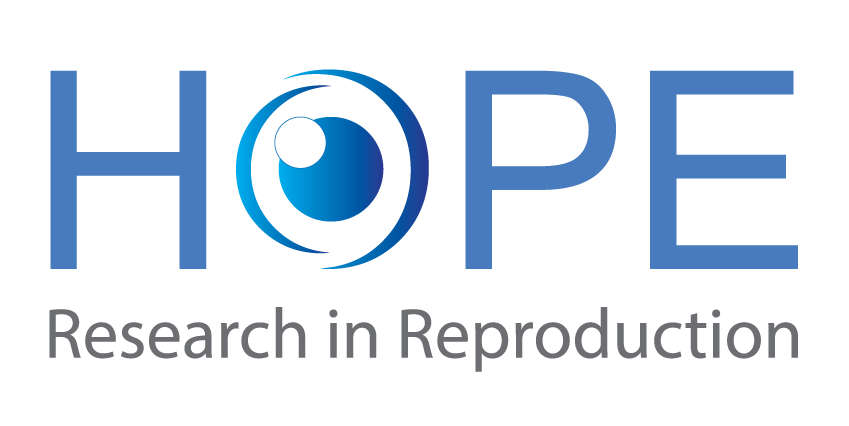Van T. T. Tran1,2, Nghia A. Nguyen2,3, Nam T. Nguyen1,2, Thu T. M. Vo2,4, Truong S. Uong2,4, Hau T. Nguyen1,2, Ngan T. Nguyen1,2, Toan D. Pham1,2, Minh H. N. Nguyen1,2, Lan N. Vuong2,3, Ben W. Mol5,6, Vinh Q. Dang1,2
Published: December 22, 2022
Author information
1 My Duc Hospital, Ho Chi Minh City, Vietnam
2 HOPE Research Center, Ho Chi Minh City, Vietnam
3 University of Medicine and Pharmacy at Ho Chi Minh City, Ho Chi Minh City, Vietnam
4 My Duc Phu Nhuan Hospital, Ho Chi Minh City, Vietnam
5 Department of Obstetrics and Gynaecology, School of Clinical Sciences at Monash Health, Monash University, Melbourne, Victoria, Australia
6 Aberdeen Centre for Women’s Health Research, University of Aberdeen, Aberdeen, UK
Abstract
Introduction: Preterm birth is the most common cause of neonatal morbidity and mortality. Women with twin pregnancies and a short cervical length are at high risk for preterm birth. Vaginal progesterone and cervical pessary have been proposed as potential strategies to reduce preterm birth in this high- risk population. Therefore, we aimed to compare the effectiveness of cervical pessary and vaginal progesterone in improving developmental outcomes of children born to women with twin pregnancies and mid-trimester short cervical length.
Material and methods: This was a follow-up study (NCT04295187) of all children at 24 months of age, born from women treated with cervical pessary or progesterone to prevent preterm birth in a randomized controlled trial (NCT02623881). We used a validated Vietnamese version of Ages & Stages Third Edition Questionnaires (ASQ-3) and a red flag questionnaire. In surviving children, we compared the mean ASQ-3 scores, abnormal ASQ-3 scores, the number of children with any abnormal ASQ-3 scores and red flag signs between the two groups. We reported the composite out-come of perinatal death or survival with any abnormal ASQ-3 score in offspring. These outcomes were also calculated in a subgroup of women with a cervical length ≤28 mm (<25th percentile).
Results: In the original randomized controlled trial, we randomized 300 women to pessary or progesterone. After counting the number of perinatal deaths and lost to follow- up, 82.8% parents in the pessary group and 82.5% parents in progesterone group returned the questionnaire. The mean ASQ-3 scores of the five skills and red flag signs did not differ significantly between the two groups. However, the percent-age of children having abnormal ASQ-3 scores in fine motor skills was significantly lower in the progesterone group (6.1% vs 1.3%, P= 0.01). There were no significant differences in the composite outcome of perinatal death or survival with any abnor-mal ASQ-3 score in unselected women and in those with cervical length ≤28 mm.
Conclusions: Cervical pessary and vaginal progesterone may have comparable effects on developmental outcomes in children at ≥24 months of age, born to women with twin pregnancies and short cervical length. However, this finding could be likely due to a lack of study power.
Keywords:
ASQ- 3, cervical pessary, developmental outcomes, red flag signs, twin pregnancy, vaginal progesterone
